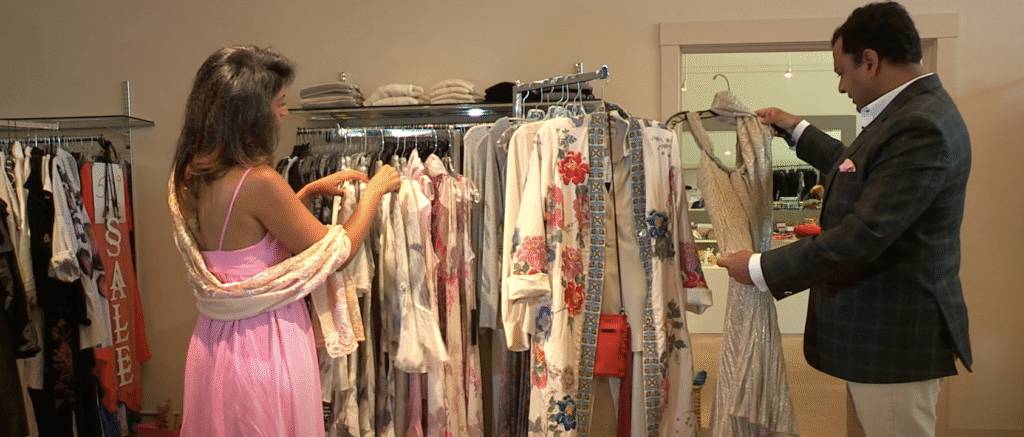What It’s Worth: Valuing Brick-and-Mortar Retail in the Age of Amazon

Brick-and-mortar retail isn’t dead—but it has to be smarter, more customer-focused, and technologically nimble to survive. In a world dominated by online giants like Amazon, physical retail stores must find their niche to stay valuable. According to valuation expert Bharat Kanodia, these businesses can still thrive—and even sell for meaningful amounts—if they master the right strategy.
The Uphill Battle for Retailers
Traditional retail stores face major headwinds. The ease, convenience, and breadth of online shopping means customers are just a click away from everything. But physical stores have one distinct advantage: they offer touch, service, and an in-person experience that online giants can’t match. With over 100,000 brick-and-mortar retail outlets in the U.S. employing over 600,000 people and generating $150 billion annually, there’s still serious value in physical presence—if done right.
What Smart Retailers Do Differently
The best-performing stores treat technology as an asset. They use retail apps to preview products, manage real-time inventory, and tailor offerings to customer preferences. Some build in-house brands, offering exclusive items that Amazon can’t replicate. Others lean into ethical sourcing and environmental consciousness—winning over a growing base of values-driven customers. And nearly all smart retailers know the importance of advertising online to stay relevant.
What Drives Retail Business Value?
Bharat breaks it down into five key value drivers:
- Lease Terms: Buyers love leases with less than 4% annual increases and costs under 10% of gross sales.
- Inventory Turnover: Fast-selling inventory means cash flow and product-market fit. Stale inventory kills value.
- Niche Focus: Specialty stores with high margins and loyal followings are worth more than generalists.
- Employees: Friendly, loyal staff who know customers by name? That’s community value you can’t fake.
- Foot Traffic: Great location still rules. More walk-ins = more sales = higher value.
How Retail Businesses Are Valued
Retail valuations are typically based on revenue, with businesses selling for 0.25x to 0.35x annual revenue—plus the cost of in-hand inventory. That means a $1 million revenue shop could fetch between $250,000 and $350,000, depending on its niche, reviews, customer base, and operational efficiency.
Specialty retailers with a great location, enthusiastic customers, and glowing online reviews will always command the higher end of the range.
It All Comes Back to the Customer
Customer loyalty isn’t just good for business—it’s what makes a business valuable. As Bharat puts it, putting your customer first is the single most important thing an owner can do to build and sustain value. That includes knowing your audience, being responsive to their needs, and investing in quality experiences.
Retail success stories like Alice Becker’s remind us that great customer service never goes out of style. That kind of reputation is hard to build—but priceless when it’s time to sell.







